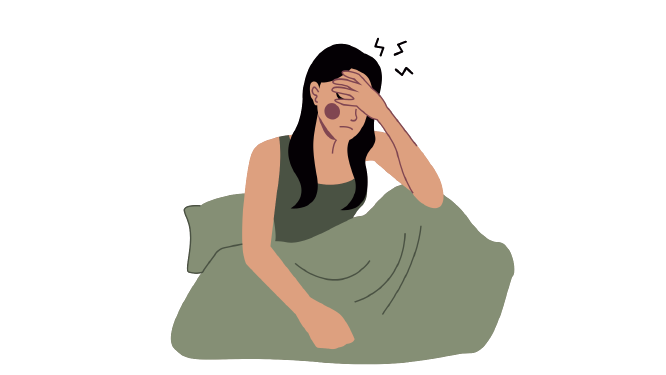
In creating art, an artist analyzes their thoughts and feelings and transfers them into an art piece full of emotion. Art has been used as a form of self-expression for centuries, allowing people to tell their stories and communicate without the use of words. In 1915, a man named Adrian Hill coined the term “art therapy,” after discovering that drawing and painting had therapeutic benefits for those suffering from tuberculosis. Today, art therapy is a widely used form of treatment for patients struggling with self-confidence, anxiety, terminal illness, and more.
Art therapy is a form of psychotherapy that utilizes creative expression as a means of enhancing mental health. A client may paint, sketch, sculpt, or use another form of creative medium to express their inner thoughts and emotions, while the therapist analyzes and processes the created artwork. Certain forms, shapes, shadows, etc. in an art piece can give a therapist insight into the patient’s inner workings—after these analyses have been made, the therapist and client can process those findings.
Human thoughts and emotions are extremely complex and complicated. Traditional therapy involves a client talking to their therapist—it is very conversational, and the client has to learn how to talk about these difficult topics in order to receive the proper care. For some, talking can be very overwhelming, or they simply do not know how to put what they are feeling into speakable words. Art therapy is a way of communicating without the need for words. Simply sketching or painting whatever comes to mind can be surprisingly telling about your inner feelings, and an art therapist is trained to notice those subtleties. When words fail, art can reveal more than you may think.
“Art enables us to find ourselves and lose ourselves at the same time.”
No level of artistic experience is needed to begin art therapy—it is not an art class! This treatment is about utilizing the creative process as a coping mechanism or for self-growth, and it is not about creating a masterpiece in every session. Art therapy can be beneficial to anyone at any age or skill level.
Image | Madison Art Therapy
Image | Michelle Webb
Image | Michelle Webb
Image | Joshua Nova Arts
For more information on art therapy’s applications, methods, and benefits, check out these resources!
Web Page Design by BRAELYN DAILY






















